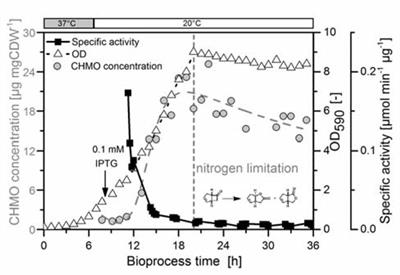REVIEW
Published on 29 May 2018
Distinct Substrate Specificities and Electron-Donating Systems of Fungal Lytic Polysaccharide Monooxygenases

doi 10.3389/fmicb.2018.01080
- 7,831 views
- 98 citations
10k
Total downloads
51k
Total views and downloads
Select the journal/section where you want your idea to be submitted:
REVIEW
Published on 29 May 2018

REVIEW
Published on 22 Mar 2018

ORIGINAL RESEARCH
Published on 21 Mar 2018

ORIGINAL RESEARCH
Published on 19 Feb 2018

MINI REVIEW
Published on 14 Feb 2018

ORIGINAL RESEARCH
Published on 13 Nov 2017

ORIGINAL RESEARCH
Published on 09 Nov 2017

